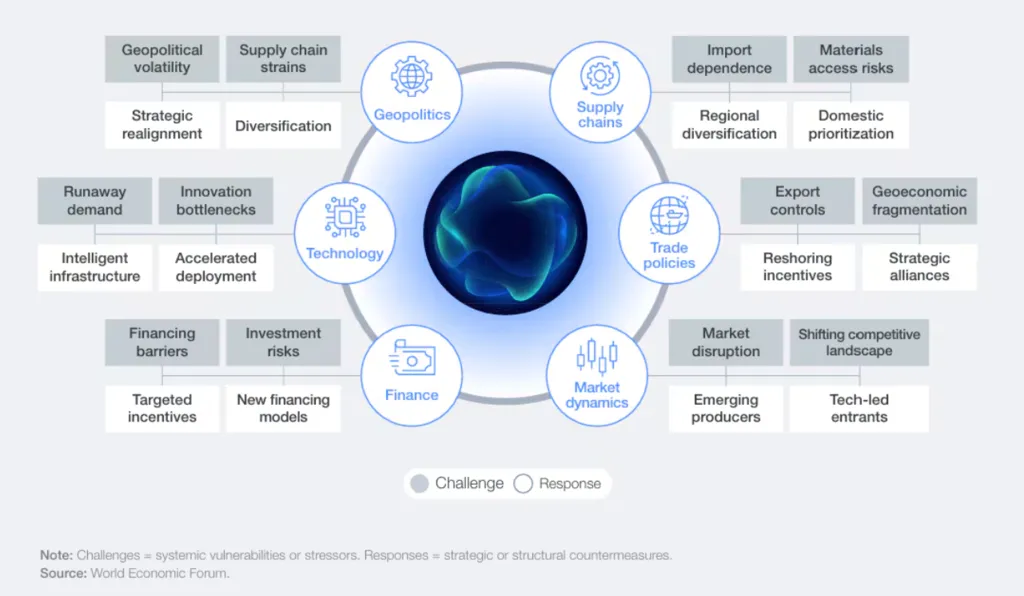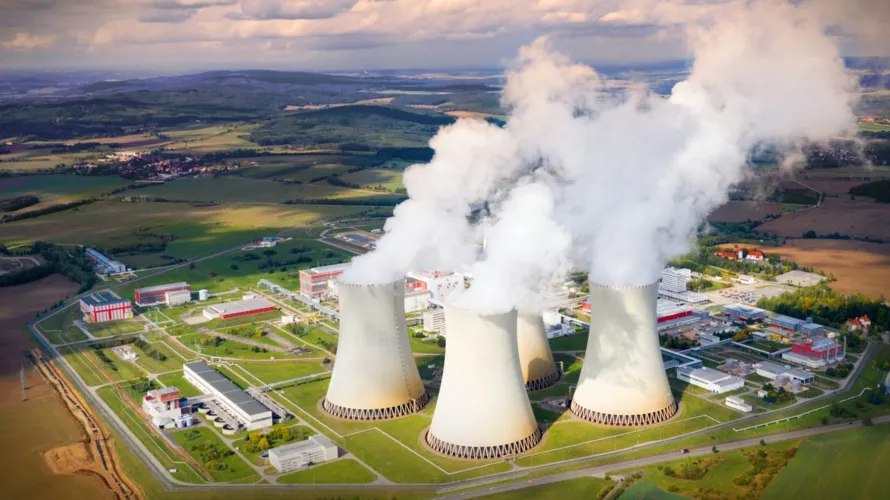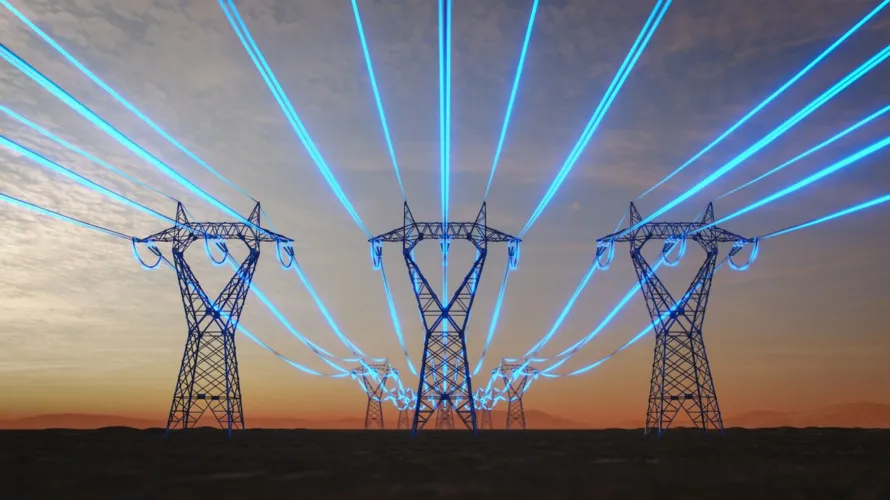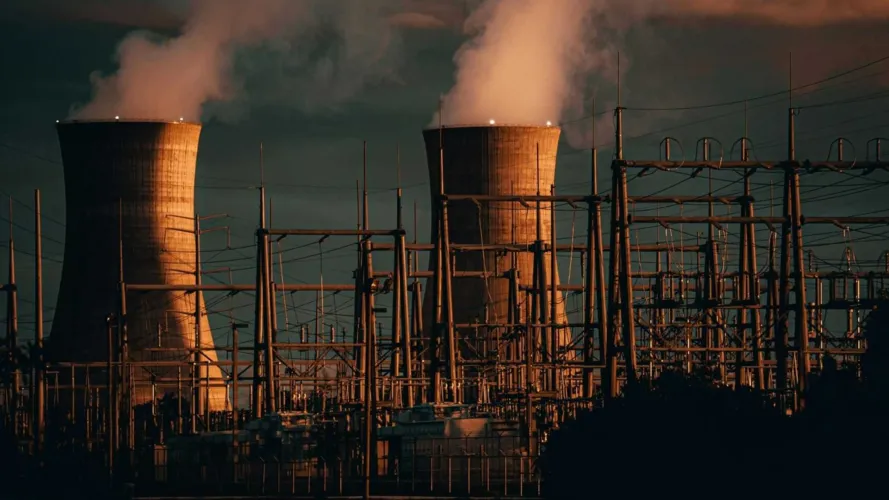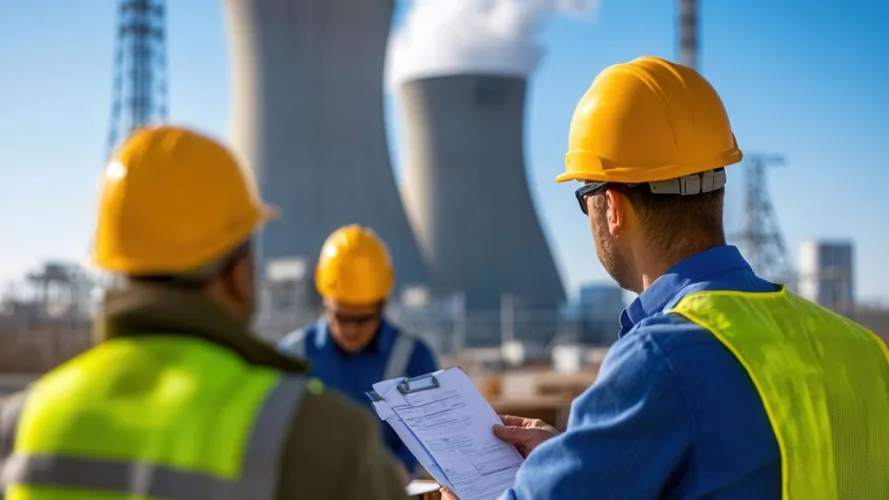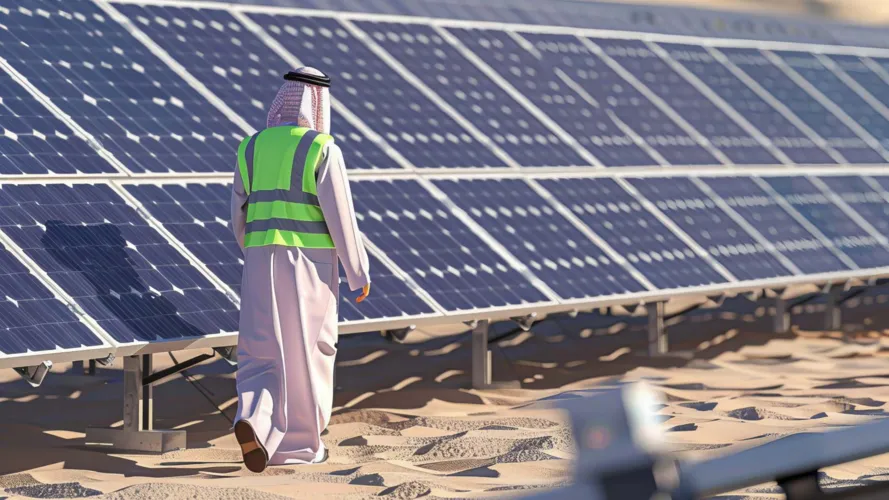Inside the $2.6T Energy Transition: Trends and Tensions
There’s no denying it, energy markets are changing fast. At Saudi Energy Transition Consulting, we’ve watched this transformation unfold not just through policy shifts, but from the ground up, where financing, technology, and urgency intersect. The numbers alone are compelling: the global energy transition market hit $2.6 trillion in 2024 and is expected to more than double to $5.91 trillion by 2033. A 9.7% compound annual growth rate doesn’t just suggest interest—it reflects commitment, and in many cases, necessity.
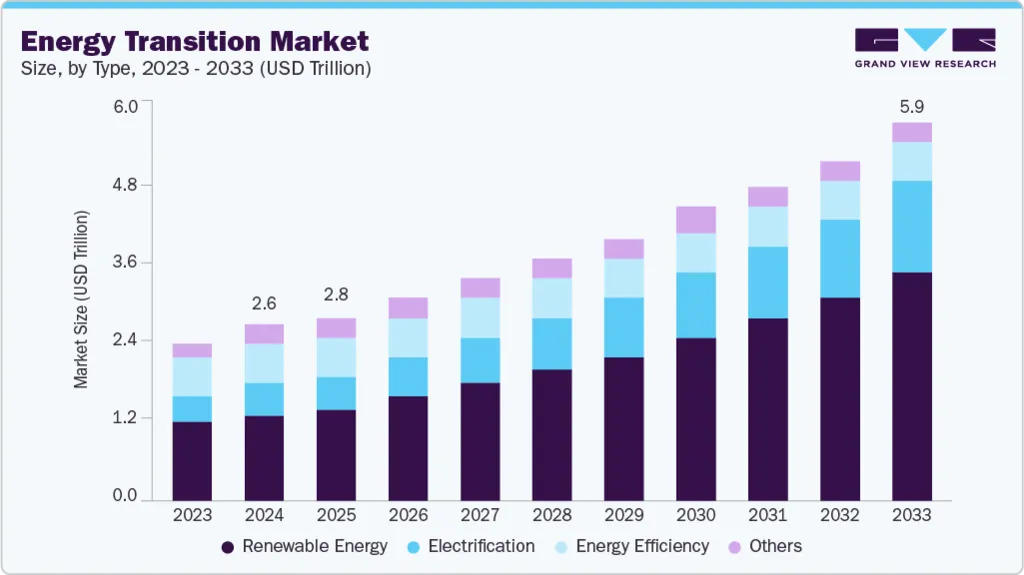
So what’s driving this massive momentum?
It starts with a fundamental need: to move beyond fossil fuels. But this isn’t just about climate action anymore. Countries are now re-evaluating energy security, affordability, and resilience in the same breath as sustainability. Saudi Energy Transition Consulting has observed that what began as an environmental mission has rapidly evolved into a strategic, multi-dimensional rebalancing of global power systems.
Renewables Are Leading, but Constraints Still Loom
Renewable energy captured nearly 50% of the market share in 2024. That dominance tells a compelling story of innovation and adoption—from solar megaprojects dotting deserts to offshore wind farms powering industrial hubs. But despite the impressive growth, Saudi Energy Transition Consulting continues to caution clients: scaling renewables isn't only about volume. The true challenge lies in integration.
Grid infrastructure in many regions wasn’t designed to handle the intermittent nature of wind or solar. Without the right storage systems or digital monitoring platforms, expansion alone can’t solve energy volatility. What’s needed is a concerted push toward smart grids and digital load balancing technologies. These are no longer optional—they are foundational.
LNG and Nuclear: Transition Aids or Final Destinations?
Liquified natural gas (LNG) has taken center stage lately, particularly as pipeline tensions and geopolitical shifts upended supply in Europe and parts of Asia. What’s interesting, however, is how perspectives on LNG are evolving. Saudi Energy Transition Consulting often frames LNG not as a temporary bridge, but increasingly as a strategic long-term component. It emits less carbon than coal and oil, and advancements in carbon capture make it even cleaner.
On a parallel track, nuclear power is making a quiet comeback. Small Modular Reactors (SMRs), in particular, have changed the game. These compact, scalable units deliver reliable baseload power with lower risk and cost. From our viewpoint at Saudi Energy Transition Consulting, SMRs complement both renewables and LNG. They can fill in gaps where other technologies fall short—especially in regions needing stability and fast deployment.
Also Read: Saudi US Nuclear Deal Reshapes Global Energy Influence
$2.1 Trillion Clean Energy Investment Is Just the Beginning
In 2024 alone, clean energy investments hit a record $2.1 trillion. Solar and wind are leading, but more capital is flowing into carbon capture, green hydrogen, and storage technologies than ever before. What makes these investments stick, however, isn’t just capital—it’s confidence. Saudi Energy Transition Consulting underscores the importance of long-term financing mechanisms, supply chain integrity, and policy alignment to ensure the momentum lasts.
Emerging markets deserve special attention here. Rural electrification and decentralized systems are opening new frontiers. But without proper funding structures or grid-ready solutions, the risks grow. A pragmatic, data-backed approach remains essential.
AI's Role in Shaping Tomorrow’s Energy Systems
Artificial intelligence is emerging as a double-edged force. It promises to optimize distribution networks, forecast demand, and reduce waste. But it also introduces new energy burdens, with data centers potentially driving 10% of global power growth by 2030. At Saudi Energy Transition Consulting, we stress that AI must be treated both as a tool and a variable in energy planning. Its benefits are clear—but its integration must be thoughtful and managed to avoid unintended consequences.
OPEC’s Output Strategy Adds Complexity to the $2.6T Energy Transition
While the global energy transition market surges toward $5.91 trillion by 2033, recent moves by OPEC+ have added a layer of complexity. In August 2025, the group announced a sharp increase of 548,000 barrels per day in oil production, with further hikes expected. For Saudi Energy Transition Consulting, this signals a recalibration—not a contradiction—of energy priorities.
The firm views this not as a retreat from clean energy, but as a pragmatic response to global energy demand and affordability pressures. As oil prices dip and inflation relief becomes politically valuable, fossil fuels remain central to energy security. Yet this shift risks slowing green investment momentum, especially in emerging markets where cost competitiveness is key.
Saudi Energy Transition Consulting emphasizes that the energy transition must be inclusive and resilient. The firm advocates for a dual-track approach: accelerating renewables while maintaining strategic hydrocarbon investments to stabilize markets and fund national transformation goals. This mirrors Saudi Arabia’s own balancing act—raising crude prices for Asian buyers even amid forecasts of oversupply.
Moreover, OPEC’s 2025 World Oil Outlook projects global oil demand rising to 123 million barrels per day by 2050. From a consulting standpoint, this reinforces the need for diversified energy portfolios. Saudi Energy Transition Consulting urges clients to invest in technologies like carbon capture, hydrogen, and AI-driven efficiency tools—not just to meet climate goals, but to hedge against market volatility and geopolitical shifts.
Moving Forward with Clarity and Coordination
The world stands on the edge of a vast energy recalibration. From decentralized grids to megaprojects, from behavioral shifts to digital innovation, the global transition is in motion—and it’s accelerating. What’s needed now is coordination: between governments, private investors, technologists, and regulators.
Also Read: How Saudi Clean Energy Advisory Can Propel $266B Green Investment Goals

